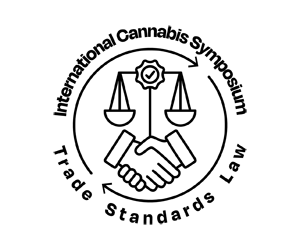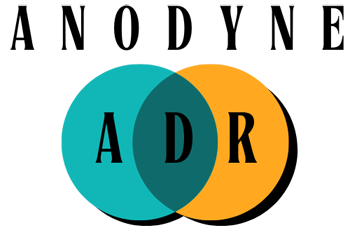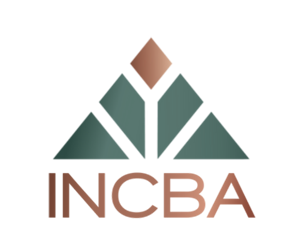Your Cannabis Resume: Part 2 of 3, Showcase Your Transferrable Skills
A functional resume format is sometimes used to highlight transferrable skills over experience, using more of a hybrid (or combination) format that highlights both.
At Indeed.com, this type of resume is described as follows:
“A functional resume is a type of resume format that highlights skills and abilities, as opposed to the chronological order of experience. This is a good option for people who have gaps in their professional experience.“
Back at Canna Career Partners, they advise that “you can highlight your transferrable skills and experience in the resume.”
- Resume Summary Statement or Objective Statement:
- Skills Section: Experience/ Education/ Memberships/ Volunteer/ Freelance Work
I had all the qualifications but I needed to make sure that it was in writing on my resume. Where to start?
You should make a list of your soft skills or personal attributes.
Next, make a working list of your hard skills or work qualifications.
Lastly, make a sectioned list for relevant overlapping experience. Utilize all three lists in your resume writing endeavor:
Canna Career Partners advises that: “The best thing you can do is to first understand what area of cannabis interests you and research the key players in the field. Look at what kinds of roles they’re hiring for, canvas LinkedIn to see if they have a company profile, and who they’ve hired. Then take an inventory of your own transferrable skill and experience. What are your most marketable assets, and where might there be a gap that you need to fill – either with additional training or experience?”
Next, let’s address all readers trying to break into any job market —but most pertinent to the cannabis industry— by taking a closer look at how to do that very transfer— in Dana Leavy’s Go Beyond the Basics To Make Your Resume Stand Out.
According to the December 2018 article, “In today’s digitally-driven job market, recruiters receive, on average, between 120 and 200 resumes per open position. So it’s critical your resume and application not only meet the standard criteria but really go the extra mile to stand out.”
There are a myriad of career advice and job search articles, blogs, posts out there; however, the basics of resume writing are nothing new:
- Keep your resume concise, and no more than two pages – and yes, two pages is appropriate for some higher level candidates with more experience to communicate.
- Triple check your resume for typos, grammatical errors, and formatting inconsistencies.
- Be mindful of presentation – whether that means cramming too much information onto one page, or using oversized margins or font sizes.
- Ensure your resume meets the basics of ATS compliance. Utilize common and searchable keywords (based on the job description), avoid using tables for body copy, don’t place text in the header or footer – which cannot be read by ATS – and don’t precede company names with dates.
- Avoid unnecessary formatting elements or graphics that also will not parse correctly in most ATS software.
- Use brief but descriptive objective summary to highlight key aspects of the job description so you’re communicating upfront why you are a fit for the job
- Focus on accomplishments. Lead off your sentences with an impactful, results-driven statement, followed by supporting information on how that mark was achieved:
It’s no longer enough to simply list out your responsibilities – nor is it just about accomplishments. Show how they relate. Focus them on impact – how did you contribute to things like growth, innovation, or retention? What soft skills did you utilize to achieve those hard skill accomplishments?
In conclusion, here is an example of a Hybrid Combination Resume.






















